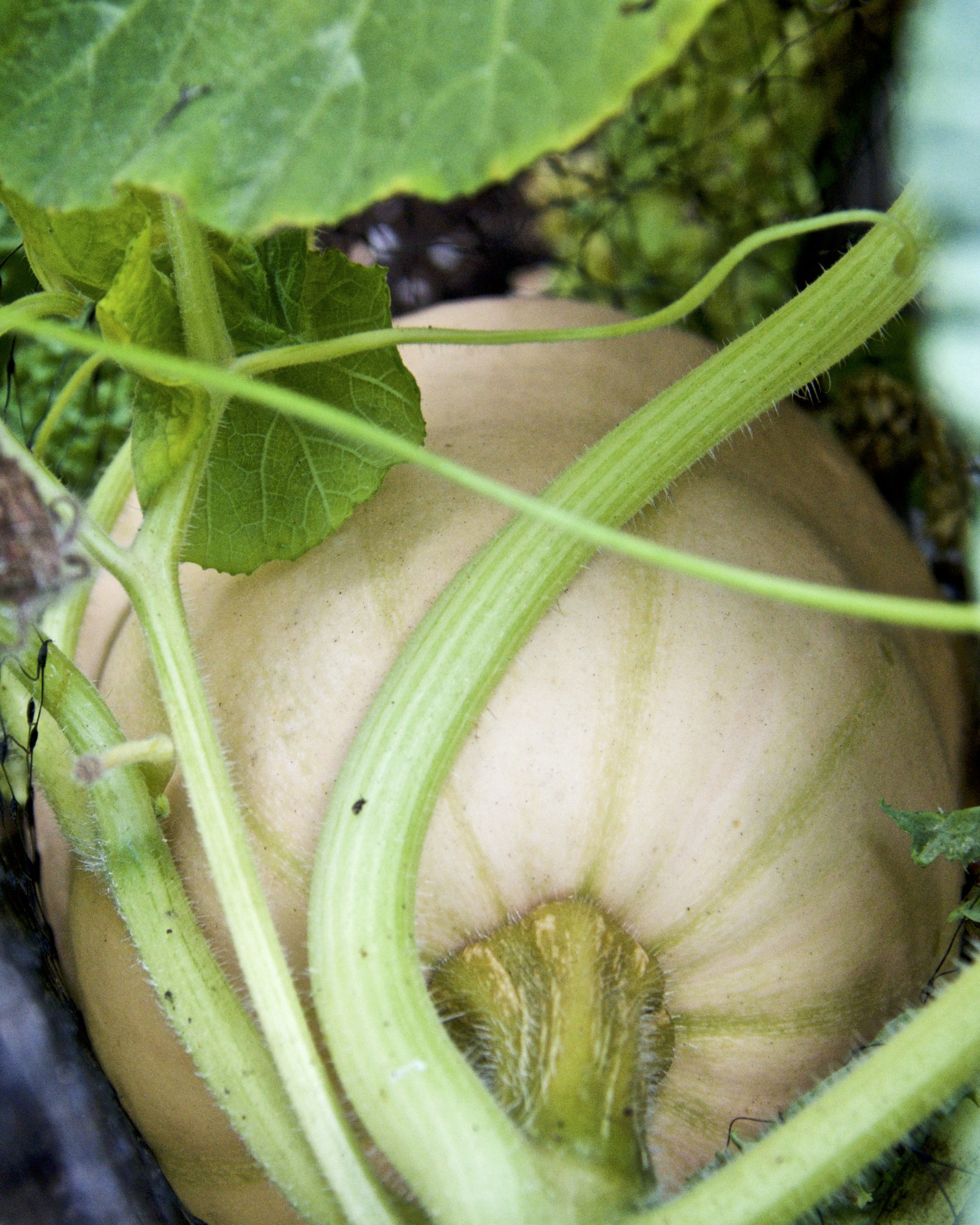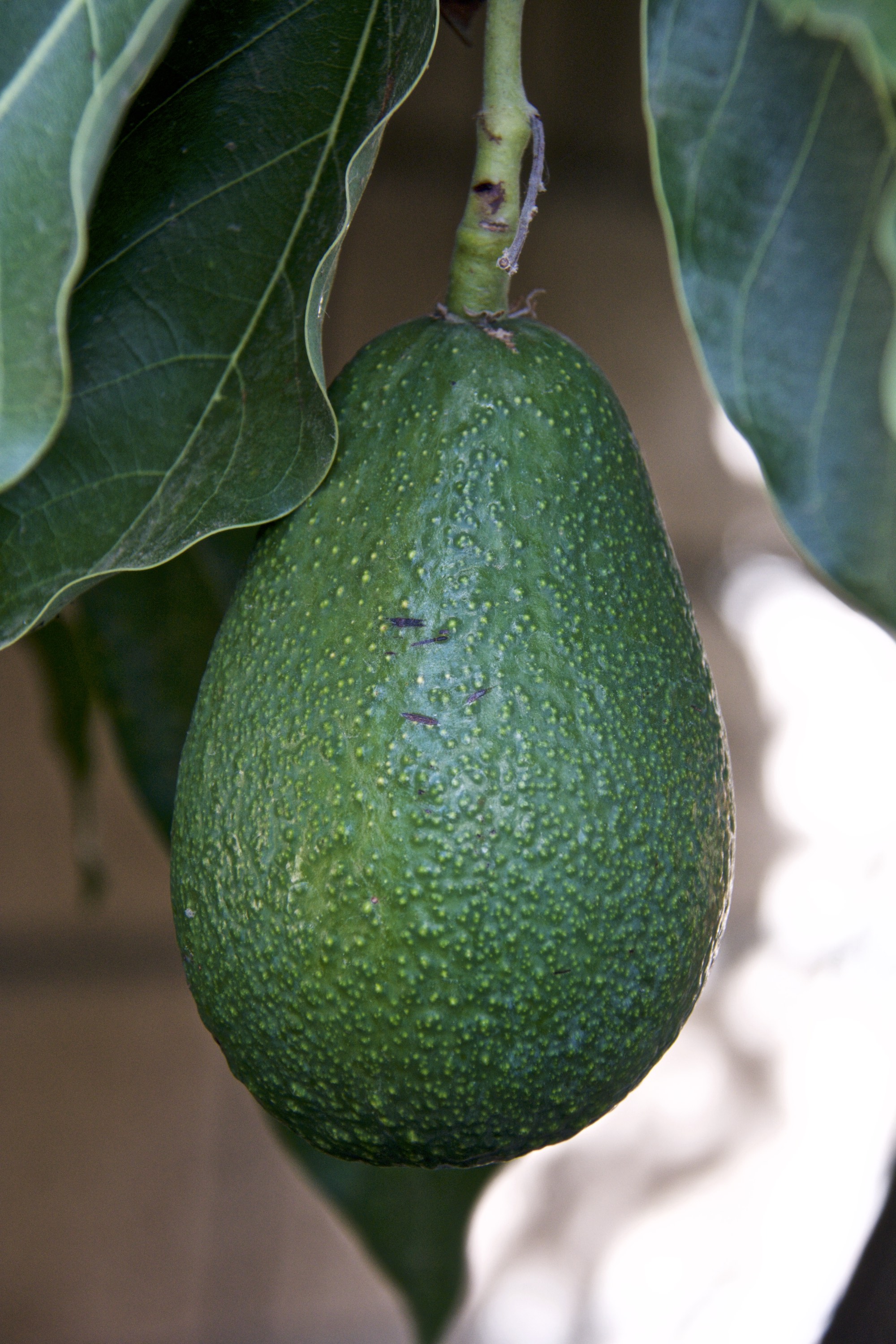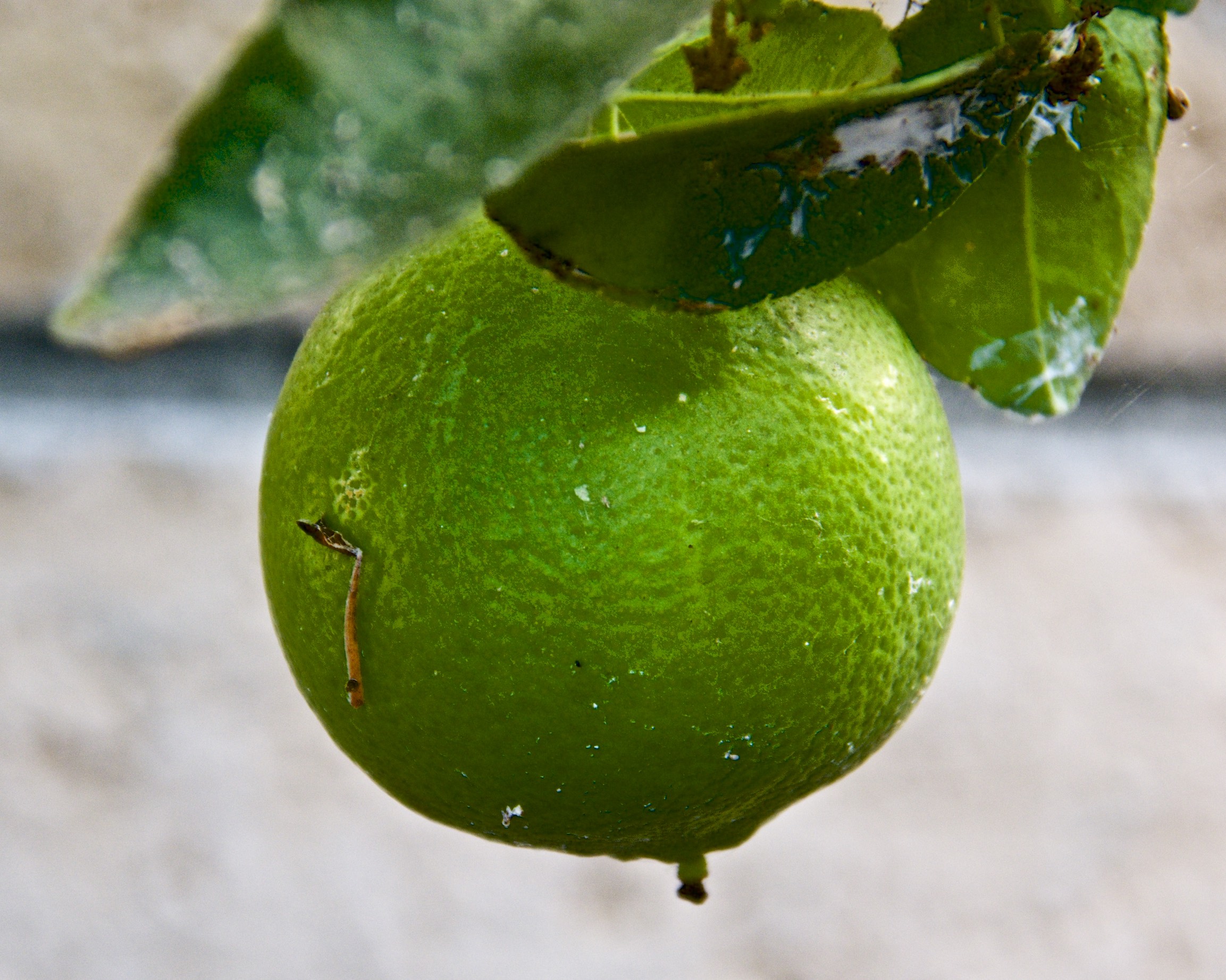I have been neglecting my blog. I finished radiation for breast cancer in early May and have been recovering ever since. My mammogram in August showed that I am still clear of cancer, so all should be smooth sailing from here on out.
I was able to plant and maintain my garden this summer, but blogging was still beyond my energy level. I have now cleared the mess around my computer, taken some photos of the yard, and processed the photos. Am I back to blogging about my tiny farmlet in the city? Time will tell.
We have had some changes in the chicken yard. Someone dumped three chickens in a neighboring park a few weeks ago. All three had health issues, so they appear to be culls. Someone adopted the hen and rooster with bumble foot, a staph infection. I got the hen with a prolapsed vent. The lady who rescued her fixed the problem with the protruding cloaca, and our new girl, Cherry, even laid a few eggs for us before going into autumn molt. She is a sweet girl, probably about a year old, and she lets us pet her. We think she is a Rhode Island Red, but her personality is shy and retiring, not the super active typical Rhodie. The granddaughter of the lady who rescued her named her Cherry Jam. We shortened it to Cherry. Here she is. Whoever had her before us clipped her beak, a horrible practice on factory farms.

We had an issue with our hens this past weekend. Our oldest hen (who I think we named Little Red Hen, even though she isn’t red) is about 11 years old now and enjoying her retirement on my no-kill pseudo-farm. She got into an argument with Dino-peep, our bad-tempered Barred Rock, and Dino-peep pecked her eye pretty badly. Here is her good eye. See how long her beak has gotten? She got it stuck in the hardware cloth and that is when Dino-peep attacked.

Her left eye was a bloody mess. Looked like hamburger. I had my husband hold her while I applied antibiotic ointment with a Q-tip. This is what the other side looks like three days later. The swelling has gone down and there is no sign of infection, but I’m not even sure that she has an eye left in the socket, much less if she can see with it.

We still have two out of five hens laying, but it is molting season and we expect egg production to stop soon. That is why I freeze the abundance of eggs in the spring. I break open the eggs, beat them slightly with a pinch of salt and put four eggs per baggie into the freezer. They are good for baking, scrambled eggs and omelets in the winter.
The nasty Dino-peep is on the left, and the nice Princess Aurora on the right. Based on how red their combs are, I suspect that they are the ones still laying.

The other “animals” on our farm are Monarch butterfly caterpillars and garden spiders. I don’t have any photos of our caterpillar crop from this summer, but I did snap some pics of one of our huge garden spiders. This gal builds her web on our deck.

I did manage to grow a garden this summer, but the rats and squirrels got a lot of it. I have never had bigger or more lush Blue Lake pole bean vines. They were loaded with flowers. Then the rats ate every one of the baby beans plus the flowers! I got exactly zero green beans from my row of beautiful pole beans. I found three beans that escaped the rats, and am saving them for seeds for next summer’s garden.

I have a similar tale of woe from my tomatoes. Eight tomato plants, zero tomatoes to harvest. Fruit set was paltry and the rats got the few that did set. My one summer garden success is this lovely butternut squash. I think it may weigh several pounds.

I got a nice harvest of summer squash from my fabric Gro-pots in the driveway, but have no photos. Those are now kaput for the year.
So what about my orchard? The rats and/or squirrels got every single apple. I got ZERO. Same with my Katy apricot, except it was birds that ate the crop. Not sure who ate the two Snow Queen nectarines, but it wasn’t us.
I have other fruits coming along. There are about two dozen avocados on the tree. I may start picking them soon. They don’t ripen until picked. Then it takes about five-eight days, and then, uh oh, they are overripe.

We have been harvesting limes off and on. Here is an unripe one. The Bearrs limes turn yellow and fall from the tree when they are ripe.

The lime tree is also flowering, so I am expecting an extended harvest from it.

My Meyer lemon was looking pretty bad last winter, but it has bounced back with some fertilizer and more regular watering. I have two dozen nice lemons already nearly full sized.

Our citrus crops are pretty immune to the critters, except for the oranges. Once they turn orange, it is a race to see who gets them, me or the critters. Our semi-dwarf Navel orange is loaded with fruit this year. I am expecting a nice harvest this winter, starting about January, God willing and the rats don’t get them. There are five oranges in this one pic.

Right now, my biggest joy is my Fuyu Persimmon tree. It was finally big enough to set fruit this spring. We have five lovely persimmons that should be ready in about 3 weeks. I picked one today Just to make sure I get one of them.


For some reason, my crazy blackberry vine set fruit late. We may or may not get any of these berries. Birds like them too.

Part of my joy in gardening is anticipating what might produce food next. Here are my artichokes. They won’t produce flower buds (i.e., the artichokes) until spring, but I enjoy watching the plants grow.

The artichokes and persimmon tree are in my Garden of Perpetual Responsibility. That is also my pollinator garden that I plant for bees and butterflies. I still have a few straggling flowers left over from my summer garden in this bed. Here is a marigold and a zinnia.


One of these days, I might get around to adding up my year’s harvests to date to see how many pounds of produce we got. I log the harvests from my calendar into an Excel spreadsheet to keep track of what I actually harvested. No way to tell how much the rats got, but it was a LOT this year.
But it is also time to clean up the garden beds and plant my fall/winter garden. No rest for a gardener in coastal southern California. Something is always growing. And that is a good thing.



























































































